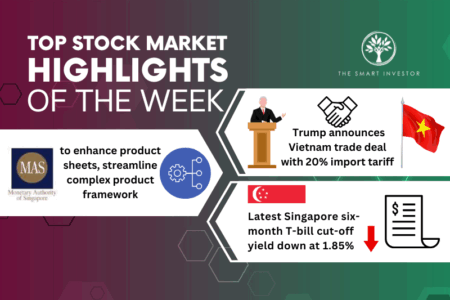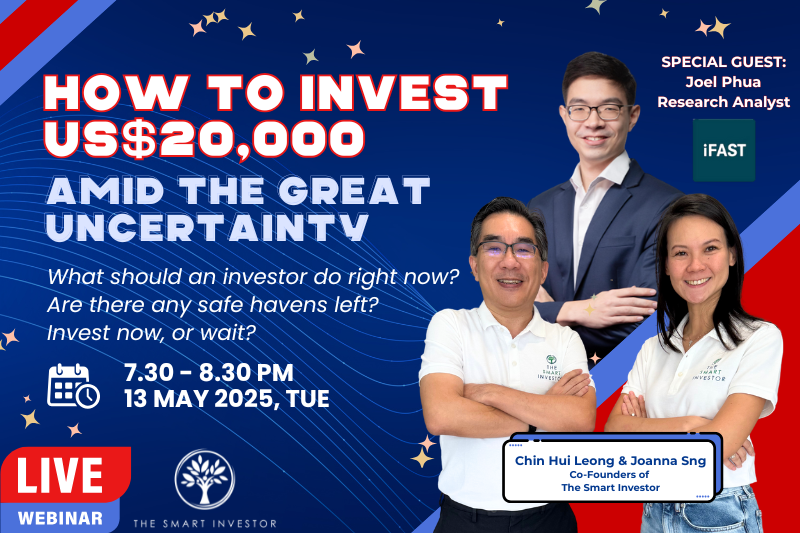Psychological biases are the human tendency for us to make decisions in an illogical way. The concept was introduced by psychologists Daniel Kahneman, Paul Slovic, and Amos Tversky in the early 1970s. Kahneman later won a Nobel Prize for his work and went on to write the best-selling book Thinking, Fast and Slow.
In his book, Kahneman describes the “fast thinking” part of the brain as System 1. This way of thinking helps us make snap decisions, such as jumping away when we hear a loud noise.
Slower thinking, or System 2, is used to solve more complicated problems. Usually, Systems 1 and 2 work very well, but in some situations, System 1 may cause a person to jump to conclusions too quickly and lead to what we now know as psychological biases.
What is confirmation bias?
There are numerous psychological biases and one of the more common and well-known of them that affects us as investors is confirmation bias. Confirmation bias is our tendency to cherry-pick information that supports our existing beliefs.
It partly explains why two people with opposing views can come to very different conclusions when they see the same piece of information. It can also cause us to make bad investing decisions. Take the scenario below for an example.
A friend at a party whispers a hot investing tip to you. You get excited at the prospect of making money but realise that it is important to do your own research. When you reach home, you hastily search for more information. Unfortunately, because of your preconceived conception of the company, you unwittingly reject data that goes against your belief and only look for information that supports it. Thinking you did sufficient due diligence, you make your trade the next day.
This is a common phenomenon. You’ll be surprised how easy it is to interpret data and statistics to fit your preexisting view. Shane Parish, in his Farnam Street blog, wrote:
“Confirmatory data is taken seriously, while disconfirming data is treated with scepticism.”
In his book, Six Thinking Hats, Edward De Bono wrote:
“There may be more danger in prejudices which are apparently founded in logic than in those which are acknowledged as emotions.”
Why do we suffer from confirmation bias?
If the above scenario sounds familiar, then you have suffered from confirmation bias.
There is an innate desire for us to want to have been right. In the book The Web of Belief, authors Willard V Quine and J.S Ullian wrote,
“The desire to be right and the desire to have been right are two desires, and the sooner we separate them the better off we are. The desire to be right is the thirst for truth. On all counts, both practical and theoretical, there is nothing but good to be said for it. The desire to have been right, on the other hand, is the pride that goeth before a fall. It stands in the way of our seeing we were wrong, and thus blocks the progress of our knowledge.”
Confirmation bias is so ingrained in our brains that knowing that we tend to suffer from confirmation bias is not enough. The act of seeking out other data is not the solution- the problem is not being open to an alternative view.
How do we overcome it?
The first thing we should do is to give ourselves time to make a decision. Giving ourselves time to conduct research, talk to people in the know, and look for a different point of view, can reduce the risk of confirmation bias. Darren Matthews wrote in an article:
“It seems logical to add time to making decisions, slowing things down. Time offers a perspective that brings with it the capacity to bring other steps into play.”
Second, actively search out opposing views. Find arguments that reject your initial view and dig into the other corner of the Internet. Further, be willing to change your opinion if you find sufficient evidence to do so.
Third, acknowledge that changing our opinion can be extremely difficult. In The Little Book of Stupidity, Sia Mohajer wrote:
“Research has shown that attempts to “enlighten” believers can be either entirely useless or serve to bolster their current belief systems. This bolstering of belief is often referred to as entrenching. This is the idea that once you have invested mental energy into a habit or belief, you strongly reject any potential contradictory information.”
We, therefore, have to make a conscious effort to realise the challenge we face in changing our opinion.
Final words
“What the human being is best at doing is interpreting all new information so that their prior conclusions remain intact.”
Warren Buffett
Confirmation bias is part of our everyday life. It affects anything from our political views to our religious beliefs to our investing decisions.
The first step to overcoming confirmation bias is to acknowledge that it affects us. Only then can we take active steps to have safeguards to ensure that it does not negatively impact our lives – or in this case our investment returns.
Special FREE Report: How You Can Make Money Investing In REITs During This Pandemic. Download your free copy HERE or just key in your email below!
Note: An earlier version of this article was published at The Good Investors, a personal blog run by our friends.
Disclaimer: Jeremy Chia does not own shares in any of the companies mentioned.




